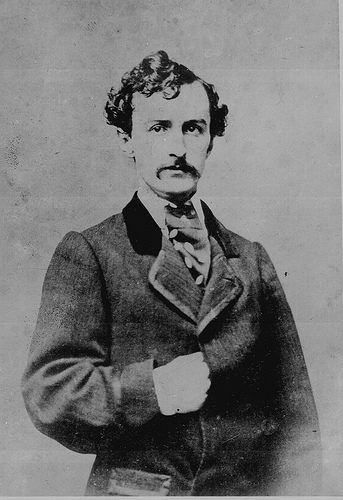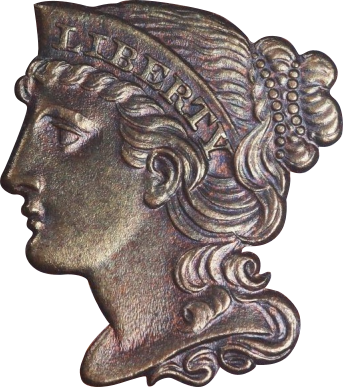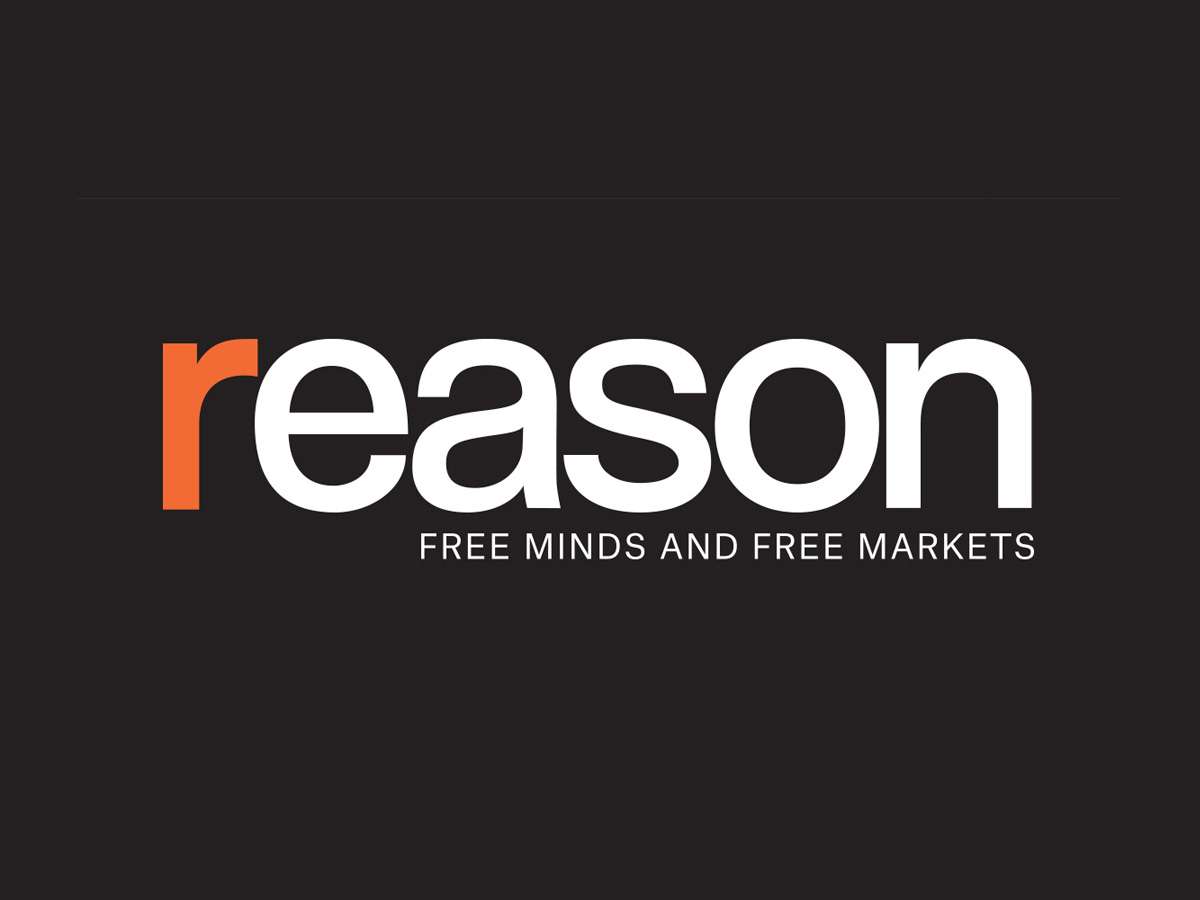Or that the agenda of Hitler's Nazi Party was identical with your party:
You really should study history. The Nazis are what the Nazis were......guess which party has the very same agenda?
Government spending as a percentage of GDP averaged around 40% pre-war. Additionally (at least in the beginning) 80% of the budget was spent on social programs, not the hallmark of an "evil, right wing, capitalist economy."
Sign in
-------------------------------------------------------------
Workers Welfare Programs:
In the best passage of Government largess, the Nazi regime fostered a purified liberal concept to enhance the living standard of German citizens across all segments of society. In order to stimulate the spirit of integrity, comradeship and happiness, Adolf Hitler fanned numerous programs and instituted strict rules for officials to carry them in eternal way.
a) Highly Subsidized International vacation trips.
b) Between 1933-1938 Strength through Joy (KDF) movement Organized 134,000 theater and concert events for 32 million people. 2 million people went on cruises and weekend trips and 11 million went on theater trips.
c) Nazis ensured that every citizen had a Radio.
d) 5 day week.
e) Free Public Health.
f) Trade Unions were banned. All workers had to join German labor Front. Strikes for higher wages were banned. People who refused to work were imprisoned. With fall in Inflation, purchasing power increased and wages actually fell.
g) Large factories had to provide rest areas, cafeterias, dressing rooms, even playing fields and swimming pools
h) They also banned "lock outs" for industries. No "reverse strikes"for them either.
Click Here for Adolf Hitler and World War 2. What is NAtional SoZIalism. Economic, Social and Political policies of Adolf Hitler and NA...
lovkap.blogspot.com
1933-1945: In 1933 Hitler disbands the labor movement and strips Jews of citizenship. Jews, dissidents, and other minorities are put in concentration camps, where they are forced to work or killed outright. The Reich centralizes social programs and education as a means of control. The regime extends health insurance to retirees in 1941, and expands health care and maternity leave the following year.
Commanding Heights : Germany | on PBS
During the 12 years of Hitler’s Third Reich, the National Socialists expanded and extended the welfare state to the point where over 17 million German citizens were receiving assistance under the auspices of the
National Socialist People's Welfare (NSV) by 1939, an agency that had projected a powerful image of caring and support.
Welfare state - Wikipedia
The Nazi rule under Adolf Hitler in the 1930s and 1940s led to an improvement in medical care and old age provision largely financed by high taxes on the wealthy, and theft from Jews and the people of the conquered territories (Aly 2007, 7).
The Viability of the European Social Model: The German Welfare State and Labor Market Reform
The
Nationalsozialistische Volkswohlfahrt (NSV), meaning "National Socialist People's Welfare", was a
social welfare organization during the
Third Reich. The NSV was established in 1933,.... The NSV became established as the single Nazi Party welfare organ in May 1933.
[1] .... the programme was massively expanded, so that the régime deemed it worthy to be called the "greatest social institution in the world." One method of expansion was to absorb, or in NSDAP parlance coordinate, already existing but non-Nazi charity organizations. NSV was the second largest Nazi group organization by 1939, second only to the
German Labor Front.
The National Socialists provided a plethora of social welfare programs under the Nazi concept of
Volksgemeinschaft which promoted the collectivity of a “people’s community” where citizens would sacrifice themselves for the greater good. The NSV operated “8,000 day-nurseries” by 1939, and funded holiday homes for mothers, distributed additional food for large families, and was involved with a “wide variety of other facilities.”
[4]
The Nazi social welfare provisions included old age insurance, rent supplements, unemployment and disability benefits, old-age homes, interest-free loans for married couples, along with healthcare insurance, which was not decreed mandatory until 1941
[5] One of the NSV branches, the Office of Institutional and Special Welfare, was responsible “for travellers’ aid at railway stations; relief for ex-convicts; ‘support’ for re-migrants from abroad; assistance for the physically disabled, hard-of-hearing, deaf, mute, and blind; relief for the elderly, homeless and alcoholics; and the fight against illicit drugs and epidemics.”
These social welfare programs represented a Hitlerian endeavor to lift the community above the individual while promoting the wellbeing of all bona fide citizens. As Hitler told a reporter in 1934, he was determined to give Germans “the highest possible standard of living.”
National Socialist People's Welfare - Wikipedia
-------------------------------------------------------------------------------------------------------------------------
Hitler’s Beneficiaries: Plunder, Racial War, and the Nazi Welfare State, by Götz Aly,
While underemphasized by modern historians, this socialism was stressed in many contemporaneous accounts of fascism, especially by libertarian thinkers. F.A. Hayek famously dedicated The Road to Serfdom to “the socialists of all parties”—that is, Labourites, Bolsheviks, and National Socialists.
Ludwig von Mises agreed, arguing in 1944 that “both Russia and Germany are right in calling their systems socialist.”
The Nazis themselves regarded the left-right convergence as integral to understanding fascism. Adolf Eichmann viewed National Socialism and communism as “quasi-siblings,” explaining in his memoirs that he “inclined towards the left and emphasized socialist aspects every bit as much as nationalist ones.” As late as 1944, Propaganda Minister Josef Goebbels publicly celebrated “our socialism,” reminding his war-weary subjects that Germany “alone [has] the best social welfare measures.” Contrast this, he advised, with the Jews, who were the very “incarnation of capitalism.”
Using a farrago of previously unpublished statistics,
Aly describes in detail a social system larded with benefits —open only to Aryan comrades, naturally.
According to Götz Aly’s
Hitler’s Beneficiaries: Plunder, Racial War, and the Nazi Welfare State, most previous treatments of German complicity in genocide overlook a significant aspect of Nazi rule. Aly, a historian at the Fritz Bauer Institut in Frankfurt and the author of more than a dozen books on fascism, urges us to follow the money, arguing that the Nazis maintained popular support—a necessary precondition for the “final solution”—not because of terror or ideological affinity but through a simple system of “plunder,” “bribery,” and a
generous welfare state.
Inside the Nazis' welfare state
reason.com
To “achieve a truly socialist division of personal assets,” he writes, Hitler implemented a variety of interventionist economic policies, including price and rent controls, exorbitant corporate taxes, frequent “polemics against landlords,” subsidies to German farmers as protection “against the vagaries of weather and the world market,” and harsh taxes on capital gains, which Hitler himself had denounced as “effortless income.”
“The Nazi leadership did not transform the majority of Germans into ideological fanatics who were convinced that they were the master race,” Aly concludes. “Instead it succeeded in making them well-fed parasites.”
Hitler’s Beneficiaries demonstrates a correlation between moral collapse and government largess.
While Aly’s impressive economic history succeeds in reminding readers that Bolshevism and Nazism were, in the words of historian Richard Pipes, both “heresies of socialism,” that service is ultimately overshadowed by a needlessly radical conclusion."
Hitler's Handouts
I'm here to educate you. Say thank you.




